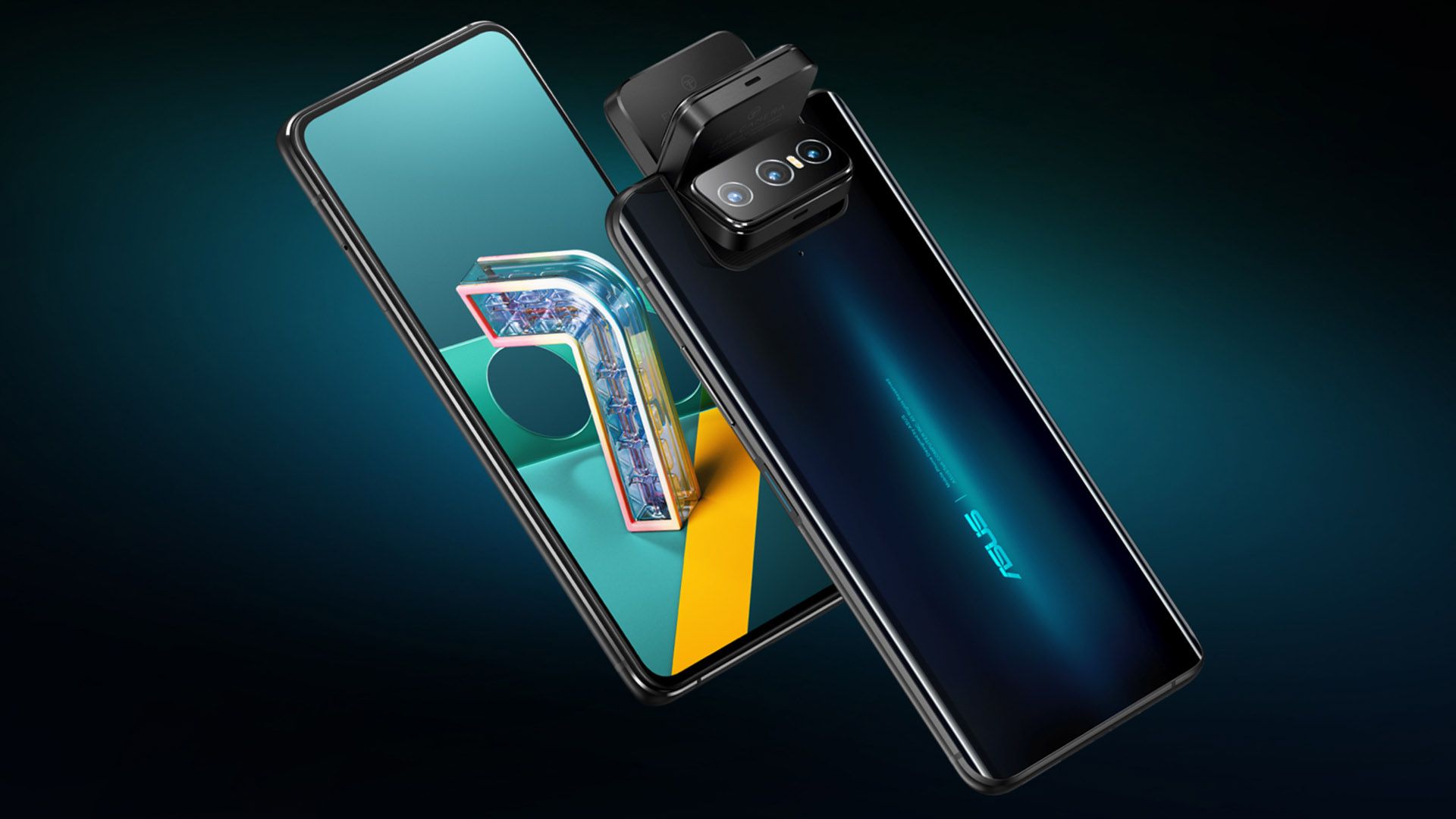As soon as front-facing camera notches became a thing, companies searched for a way to get rid of them. We've seen pop-up cameras, and even cameras that can shoot through a screen. ASUS is refreshing an older idea for its latest Zenfone: a module that rotates, allowing the rear cameras to become selfie cams and keep that beautiful screen unmarred.
The rotating camera module is the most obvious feature of the Zenfone 7 and its slightly higher-specced brother the Zenfone 7 Pro. It was a feature of last year's Zenfone 6, too, but this one's improved with a third module (and aesthetically enhanced by a cleaner, more even bezel on the front screen). They use 64, 12, and 8 megapixels for primary, ultrawide, and 3x optical telephoto lenses, respectively. Point 64 megapixels at your face and you should be able to individually count your own nose hairs. The motorized flipping mechanism can withstand 200,000 individual uses.
Other specs are suitably impressive for flagship devices. The Zenfone 7 uses a 6.7-inch OLED screen with 90Hz refresh (just 1080p resolution, though), a top-of-the-line Snapdragon 865 processor, 6 or 8GB of RAM, and 128GB of storage plus a MicroSD card slot. The phone uses a massive 5000mAh battery with quick charging, but alas, there's no mention of wireless charging. The phone uses a fingerprint sensor integrated into a power button with custom gestures, but there's no mention of an IP rating.
There "7 Pro" model keeps almost all of the same hardware, but bumps the processor speed from 2.4GHz to 3.1GHz, comes with 8GB of RAM standard, and boosts storage to 256GB. Both phones are available in white or black.
The Zenfone 7 will cost 21,990 Taiwanese dollars, just shy of $750, while the Pro will run NT$27,990 (a little over $950). Availability in Asia and Europe has been confirmed, with no news of a wider release. The Zenfone 6 eventually became available in the US through resellers, so don't give up hope.
Source: ASUS via 9to5Google

